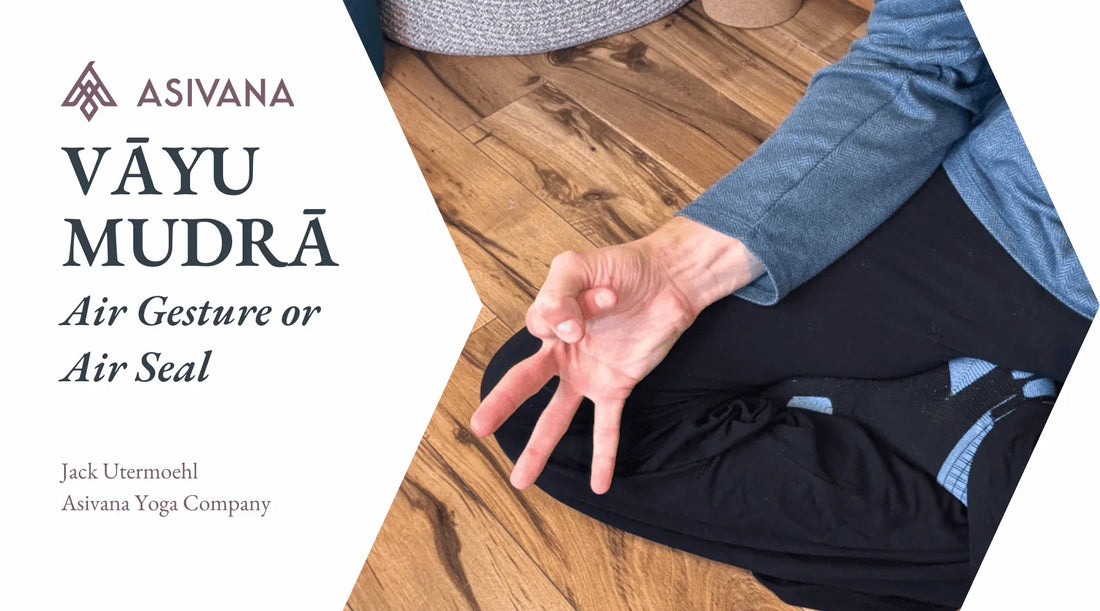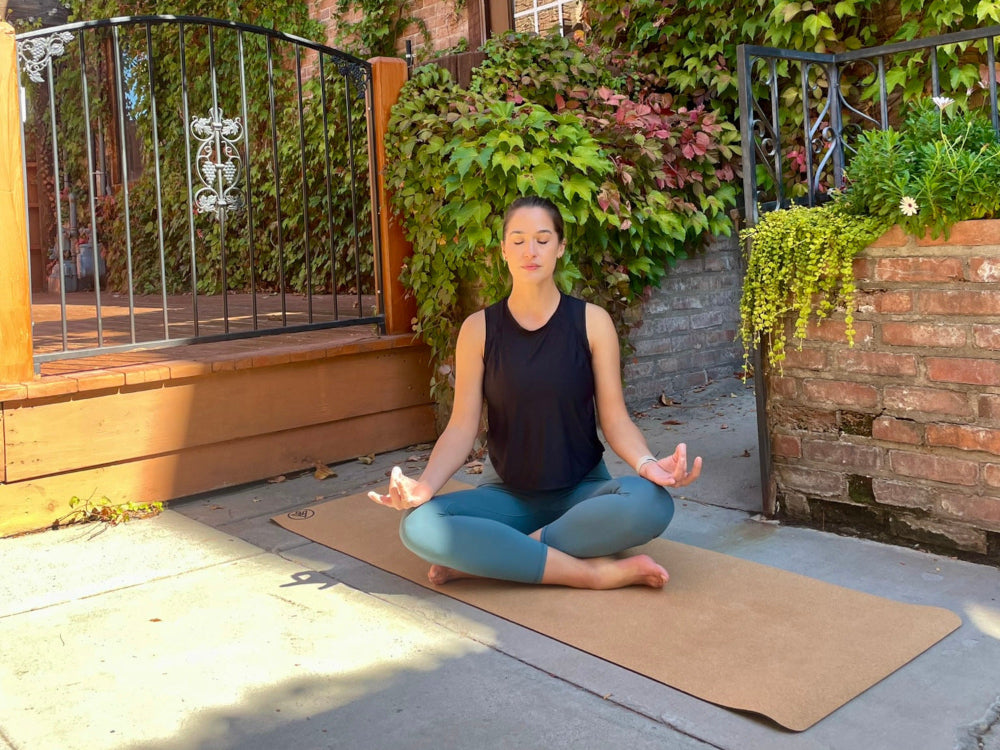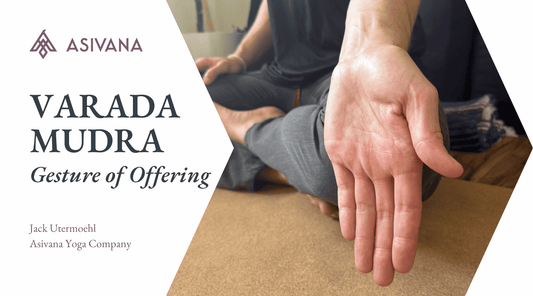
Vayu Mudra - Air Gesture
Jack UtermoehlShare
Vayu Mudra (Air Gesture)
Sanskrit Name: Vāyu Mudrā - वायु मुद्रा
English Translation: Air Gesture or Air Seal
Phonetic Spelling: VAA-yu Moo-Drah
Vayu mudra, known as the air seal, activates the air element within the body, connecting deeply to the qualities of movement, lightness, and sensitivity. In Hindu mythology, Vayu is the god of wind, governing the prana vayus, the life force that flows through all living things.
This mudra enhances the flow of prana (life force), focusing on breath and circulation. By stimulating Vishuddha (throat) chakra and energizing Anahata (heart) chakra, Vayu mudra brings ease in breathing, a sense of openness, and emotional lightness.
Practicing this mudra encourages freedom, clarity of thought, and heightened sensitivity, making it ideal for those seeking to cultivate an energetic and adaptable state of being.

Instructions to Perform Vayu Mudra
Sit comfortably with a straight spine, either in a seated posture or standing.
Hand Position: Fold your index finger toward the base of your thumb. Press the thumb gently over the folded index finger. Keep the other three fingers extended and relaxed. Rest your hands on your knees, palms up or down.
Posture: Sit in tadasana (mountain pose) or balanced in virabhadrasana III (warrior 3).
Breathing Technique: Inhale deeply through your nose, allowing the breath to flow freely and energizing the air element in your body. Exhale slowly, focusing on sensations of lightness, movement, and sensitivity.
Duration: Practice Vayu mudra for 5-15 minutes during meditation or asana practice.
Benefits of Vayu Mudra
Vayu mudra enhances the activation of the air element, instilling a sense of openness, ease in breathing, and physical lightness.
Physical Benefits: Improves respiratory function, enhances breathing, and energizes the body.
Mental Benefits: Stimulates mental clarity, enhances creativity, and fosters an adaptable mindset.
Emotional Benefits: Promotes emotional sensitivity and a sense of lightness, helping to release mental and emotional stagnation.
Spiritual Benefits: Activates Vishuddha (throat) chakra, enhancing communication, and energizes Anahata (heart) chakra.
Capture your insights and deepen your connection with our Yoga Journal.Elevate Your Mudra Practice
Symbolism and Meaning of Vayu Mudra
Vayu mudra is a gesture that directly taps into the energy of Vayu (air element), which represents movement, breath, and the life force. By practicing this mudra, one connects to the air element within, activating breath, circulation, and sensitivity.
The folding of the index finger under the thumb represents a soft control of air energy, energizing with the fire element (thumb) guiding it into a state of flow rather than stagnation. This mudra is particularly effective for those seeking to enhance their breathing, mental agility, and emotional sensitivity.
When to Practice Vayu Mudra
Vayu mudra is most beneficial during pranayama or meditation practices aimed at enhancing breath, creativity, and energy flow. It can be used when feeling emotionally or mentally stagnant, to restore vitality and lightness. Ideal for morning practices or moments when greater movement or adaptability is needed.
A duration of 5-15 minutes daily is recommended for optimal results. Also applicable for use in balancing and high energy asanas (physical postures).
Contraindications for Vayu Mudra
Vayu mudra is safe for most practitioners but should be avoided by individuals experiencing anxiety from overstimulation of the air element.
Additional Insights on Vayu Mudra
Affirmations: "I breathe with ease and move freely through life." / "I activate the energy of air, creating lightness in my body and mind."
Visualization: While holding Vayu mudra, visualize a gentle breeze flowing through your body, carrying away tension and bringing lightness and openness. Feel this wind clearing space for new thoughts, emotions, and energy to move freely.
Associated Chakras: Vayu mudra primarily activates Vishuddha (throat chakra), while energizing Anahata (heart chakra).
Paired Asanas: Works well with fluid, dynamic poses like Surya namaskar (sun salutation), Chandra namaskar (moon salutation) or balancing postures like virabhadrasana III (Warrior 3).
Related Pranayama: Pair with alternate nostril breathing (nadi shodhana) or create an energizing breathing practice to enhance air element activation.
Meditation Techniques: Vayu mudra is ideal for breath awareness or mindfulness practices that focus on clearing energy and evoking flow and lightness.
Variations and Modifications
—— 🕉 ——

Personal Insights
Have you ever felt light on foot? Like you just want to dance into space? Or you're about to float away?
Vayu(air) is that uplifting feeling and performing Vayu mudra will help you to feel that lightness. I've used Vayu mudra when I've felt lethargic and stuck.
By regulating the fire element within air you can stabilize the air element. Think of it this way, hot air rises, and cold air sinks. When we add heat or remove heat from air we're controlling our flow in the same way that a hot air balloon functions.
Let me know your experience with Vayu mudra in the comments.











